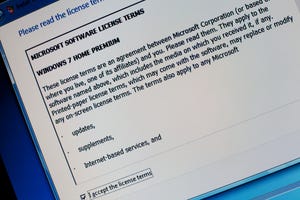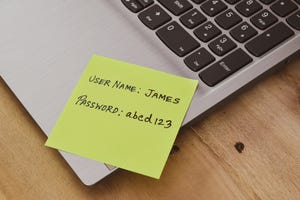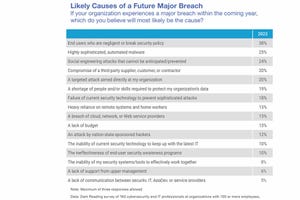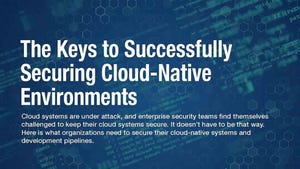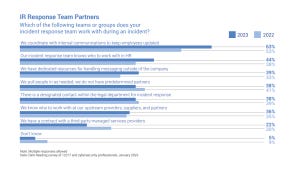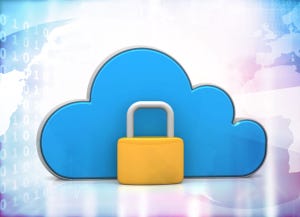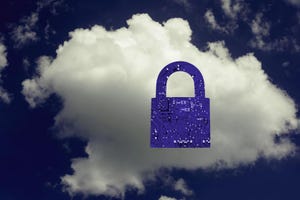Mideast & Africa News

Dropbox Breach Exposes Customer Credentials, Authentication Data
Dropbox Breach Exposes Customer Credentials, Authentication Data
Threat actor dropped in to Dropbox Sign production environment and accessed emails, passwords, and other PII, along with APIs, OAuth, and MFA info.
Latest Commentary
Global Director, Cybersecurity Architecture and Engineering, Estee Lauder Companies
Co-Founder & CEO, Eureka Security
Managing Director for EMEA North, Qualys
Deep Reading
See More Dark Reading ResearchFeeling creative? Submit your caption and our panel of experts will reward the winner with a $25 Amazon gift card.
As the social media giant celebrates its two-decade anniversary, privacy experts reflect on how it changed the way the world shares information.
The semiconductor manufacturing giant's security team describes how hardware hackathons, such as Hack@DAC, have helped chip security by finding and sharing hardware vulnerabilities.
Cybersecurity Features In-Depth: On security strategy, latest trends, and people to know. Brought to you by Mandiant.
Security Technology: Featuring news, news analysis, and commentary on the latest technology trends.
DMARC adoption is more important than ever following Google's and Yahoo's latest mandates for large email senders. This Tech Tip outlines what needs to be done to enable DMARC on your domain.
The quest to keep data private while still being able to search may soon be within reach, with different companies charting their own paths.
Caliptra 1.0 offers a blueprint for integrating security features directly into microprocessors.
A recent campaign targeting Middle Eastern government organizations plays standard detection tools like a fiddle. With cyberattackers getting more creative, defenders must start keeping pace.
Some customers found that they had the ability to cancel a stranger's flight to another country after opening the app, which was showing other individuals' flight details.
Likely China-linked adversary has blanketed the Internet with DNS mail requests over the past five years via open resolvers, furthering Great Firewall of China ambitions. But the exact nature of its activity is unclear.
Breaking cybersecurity news, news analysis, commentary, and other content from around the world.
Partner Perspectives
More Partner PerspectivesPress Releases
See allA Short Primer on Container Scanning
ESG E-Book: Taking a Holistic Approach to Securing Cloud-Native Application Development
How Enterprises Secure Their Applications
Making Sense of Your Security Data: The 6 Hardest Problems
Use the 2023 MITRE ATT&CK Evaluation Results for Turla to Inform EDR Buying Decisions
Black Hat USA - August 3-8 - Learn More
August 3, 2024Cybersecurity's Hottest New Technologies: What You Need To Know
March 21, 2024
Key Findings from the State of AppSec Report 2024
May 7, 2024Is AI Identifying Threats to Your Network?
May 14, 2024Where and Why Threat Intelligence Makes Sense for Your Enterprise Security Strategy
May 15, 2024Safeguarding Political Campaigns: Defending Against Mass Phishing Attacks
May 16, 2024Why Effective Asset Management is Critical to Enterprise Cybersecurity
May 21, 2024







.jpg?width=100&auto=webp&quality=80&disable=upscale)
